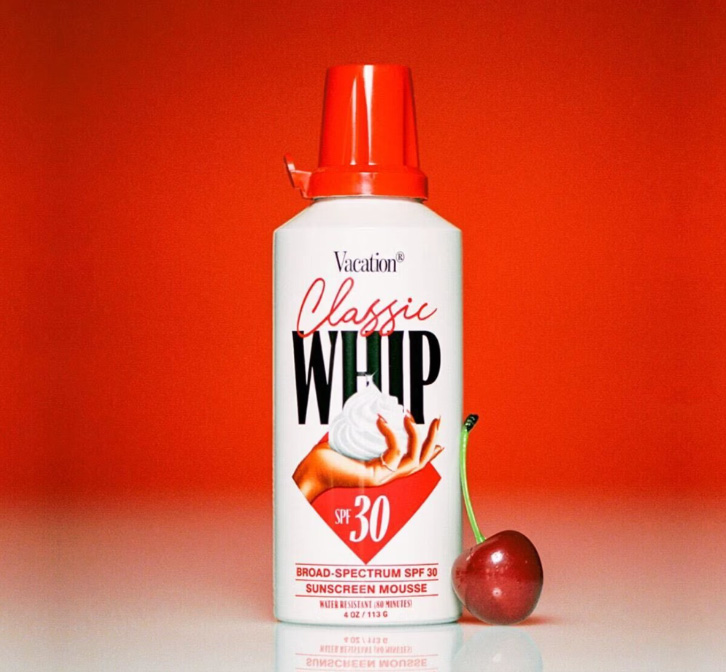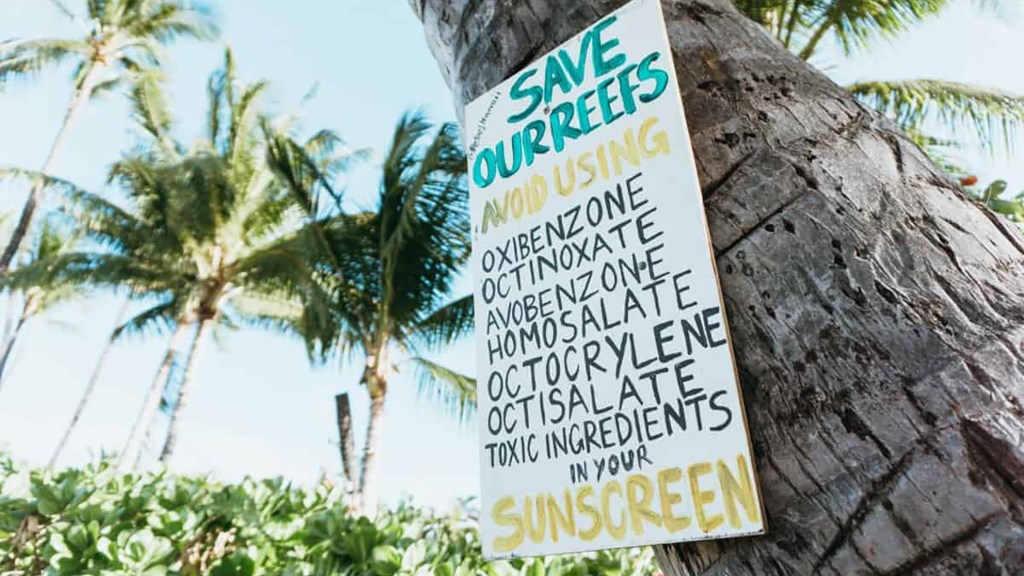Wearing Sunscreen Responsibly: Protecting Yourself and the Ocean
This winter, I’ve made it a goal to spend more time outdoors, facing the chill and rain. I often find myself smiling while wearing my waterproof gear, but deep down, I long for the warmth of the beach. The best part is that moment when you shed your winter layers, apply sunscreen, and immerse yourself in the refreshing sea. It feels like a restoration of sanity.
However, there’s an important consideration. While climate change and plastic waste are commonly cited as major threats to ocean health, the type of sunscreen you choose can significantly impact marine ecosystems. It’s alarming to think that, in some cases, sunscreen could potentially harm an entire coral reef.
Sunscreens pose a substantial risk to our oceans. In our efforts to shield ourselves from skin cancer, an estimated ten million tonnes of chemicals used in sunscreens are produced annually. Shockingly, about 25 percent of the sunscreen applied can wash off within the first 20 minutes of swimming, leading to approximately 14,000 tonnes of harmful chemicals being introduced into aquatic environments each year. Researchers caution that even at low levels, these substances can trigger rapid bleaching of hard coral.
Some coastal areas recognize this issue. For instance, a friend shared a picture from a beach in Madagascar where a sign prohibits 28 types of sunscreen ingredients to protect the coral from chemicals that could alter their DNA, ultimately leading to their demise. Similar bans on toxic UV filters exist in places like Hawaii and the Palau Islands.
This concern is not without merit. Certain UV filters can initiate what is known as a “lytic viral cycle,” where a virus invades a host cell, damages its genetic material, and replicates. This cycle can affect algae and other marine life, including corals and jellyfish. There’s evidence to suggest these chemicals may even be transferred from mother dolphins to their offspring, possibly disrupting biological processes in sea turtles.
To protect both ourselves and marine life, the first step is to examine sunscreen ingredients closely. Look for products labeled as “clean” that still provide broad-spectrum protection from UVA and UVB rays. It’s advisable to avoid ingredients like oxybenzone and octinoxate. Current studies indicate that mineral-based UV filters have lesser negative effects on marine environments when compared to chemical alternatives, with titanium dioxide being preferable over zinc oxide.

Additionally, many sunscreen brands incorporate synthetic fragrances, stabilizers, and parabens (which can be problematic preservatives) to ensure their products remain effective in water. To help you make informed choices, consider utilizing resources like INCIDecode, which allows you to scan sunscreen ingredient lists for potential harmful components.
Next, seek out alternative options that are genuinely reef-safe. Beware of products that continue to include avobenzone or homosalate, chemicals linked to potential reef harm but not yet definitively proven to be detrimental. It’s crucial to take action before our oceans suffer further. Fortunately, there are several eco-conscious sunscreens offering effective protection without the typical residue, such as Vacation Classic Whip SPF 30 Sunscreen Mousse and Thrive Reef Safe Sunscreen SPF50, both of which adhere to strict environmental regulations.
Green People, a UK brand known for its commitment to clean chemistry, offers Scent Free Sun Cream SPF30, developed in collaboration with the Marine Conservation Society. Similarly, Supergoop! Play 100% Mineral Lotion SPF50 is well-received among consumers mindful of clean ingredients.
Beyond product choices, keeping abreast of scientific discoveries is essential. Anneliese Hodge from Plymouth Marine Laboratory is one of the leading researchers examining the ecological impacts of UV filters on marine species. Her research indicates that sunscreens threaten not only tropical coral but also biodiversity in temperate waters. She has studied marine red algae, known as dulse, which is not only harvested for food but also possesses UV-absorbing capabilities that could be beneficial for skincare applications.
With continued innovation, it is hopeful that future sunscreens will not only safeguard our skin but also contribute to protecting ocean flora. Nature continues to astonish with its ingenuity.




Post Comment